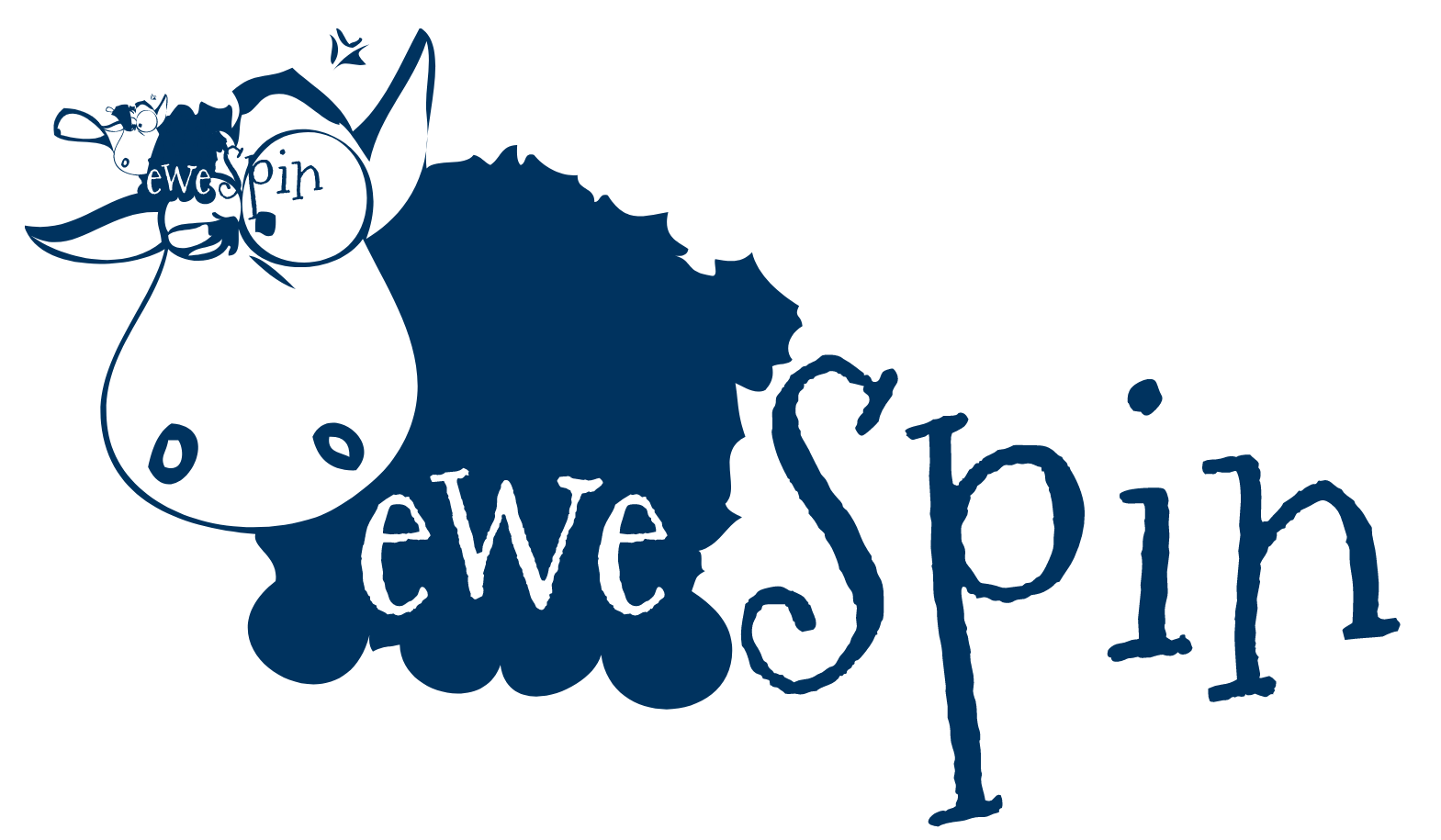Wouldn’t it be awesome if one could easily setup an electric spinning wheel to use specific settings that produced yarn you liked? For example, from a previous spinning session, or maybe from another ewespinner user?
Well, there are two variables that need to be controlled to allow this to happen:
1. How fast the flyer is spinning (in revolutions per minute or RPM). This controls the amount of twist.
2. How much slower the bobbin is spinning in relation to the flyer. This controls the take-up (how fast the twisted fiber enters the orifice and is pulled out of your hands). The slower the bobbin spins in relation to the flyer, the faster the newly spun yarn is wound onto the bobbin and the faster the take-up rate.
With many of today’s spinning wheels the flyer is either controlled by how fast one treadles, or if using an electric spinning wheel, how much power is applied to the motor by turning a potentiometer (variable resister) on the front of the spinner. The problem with theses methods is that the spinner has no consistent method of reproducing the exact speed used in a previous spinning session. This is because there are no gauges telling the spinner how fast the bobbin or flyer is going.
What makes it even harder for the user is when a spinning wheel uses the very common Scotch tension system to slow the bobbin. Basically, the Scotch tension system causes the bobbin to spin slower than the flyer by wrapping a string around the bobbin’s pulley. This same string is then wound around a knob. When the user turns the knob one direction, it pulls on the string, which, in turn, tightens the string around the bobbin’s pulley. This action creates friction, which ultimately slows the bobbin so that it spins slower than the flyer and causes any newly spun yarn to wind onto the bobbin. As one can imagine, this knob tension mechanism can be inconsistent. Because there is no way to gauge the amount of tension, the user has to guess at how much to turn the knob. This results in frustration for many new spinners. Another drawback of Scotch tension is when the bobbin starts to fill up with newly spun yarn. The added yarn causes the bobbin to become heaver, resulting in the bobbin spinning slower than before and even possibly coming to a stop. This means, if the user wants consistently spun yarn, the user will have to intermittently adjust the Scotch tension’s knob so that the bobbin will again spin at the desired revolutions per minute. Finally, because the Scotch tension system uses a string that is removed and installed each time the bobbin is removed, it becomes stretched, warn, and can break over time. Basically, it’s impossible for the user to know for certain if he/she has setup the tension the same way as in a previous spinning session. In the end, not knowing the RPM of both the flyer and bobbin prior to spinning makes it near impossible for even the average user to reproduce yarn in a consistent manner. This can cause many new spinning wheel users to become frustrated and give up early because they just can’t get the feel for spinning.
To help beginners enjoy spinning and reduce the learning curve, the ewespinner does the following:
- Replace the Scotch tension system with the variable double-drive system (two separate motors: one controlling the bobbin RPM, and the other controlling the flyer RPM).
- Pull-pin bobbin quick release (remove/install bobbin in less than 2 seconds.
- Include bright, easy to read RPM (revolutions per minute) gauges for both the flyer and bobbin. And to provide the user with an easy method to set the desired RPM. These gauges are 0.56” in height LED (light emitting diode) displays.
- Finally, let the micro-controller monitor and adjust the RPM for both the bobbin and flyer, so that the user can focus on other tasks and not have to worry about the bobbin spinning to slow do to increased weight of the newly spun yarn.
Additional functions of the dual RPM displays:
- Modifying the flyer’s RPM while the ewespinner is already spinning will also increase/reduce the RPM of the bobbin. This maintains the speed difference between the flyer and bobbin.
- Adjusting the bobbin or flyer setting knobs on the front of the ewespinner will show the current setting for both on the corisponding display. After 3 seconds, the displays will then revert to showing the actual RPMs.
- When adusting the bobbin’s RPM, the display will actually show a number between 0 to 500. This number represents the RPMs the micro-controller will continuously subtract from the flyer’s RPM, resulting in the actual bobbin’s RPM setting. After 3 seconds, the display will then revert to showing the actual RPM.
- Displays will show the word STOP when bobbin and flyer have come to a full stop.
- Displays will show the word SLOW when slowing down.
- Displays will show C (clockwise) or CC (counter clockwise) when spinning starts or the direction button is pressed.
- Displays will show a CHECK BELT error if the flyer or bobbin have power to the motors, but no RPM is detected by the hall effect rotation sensors.

